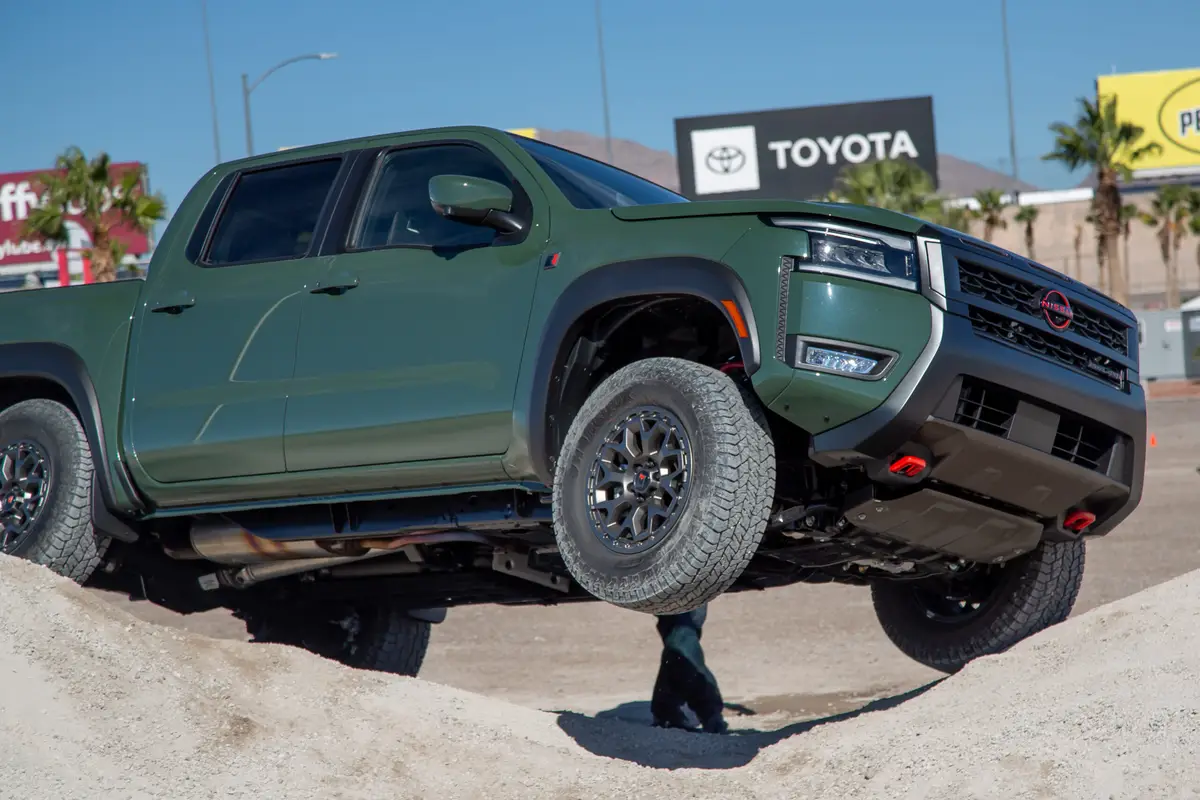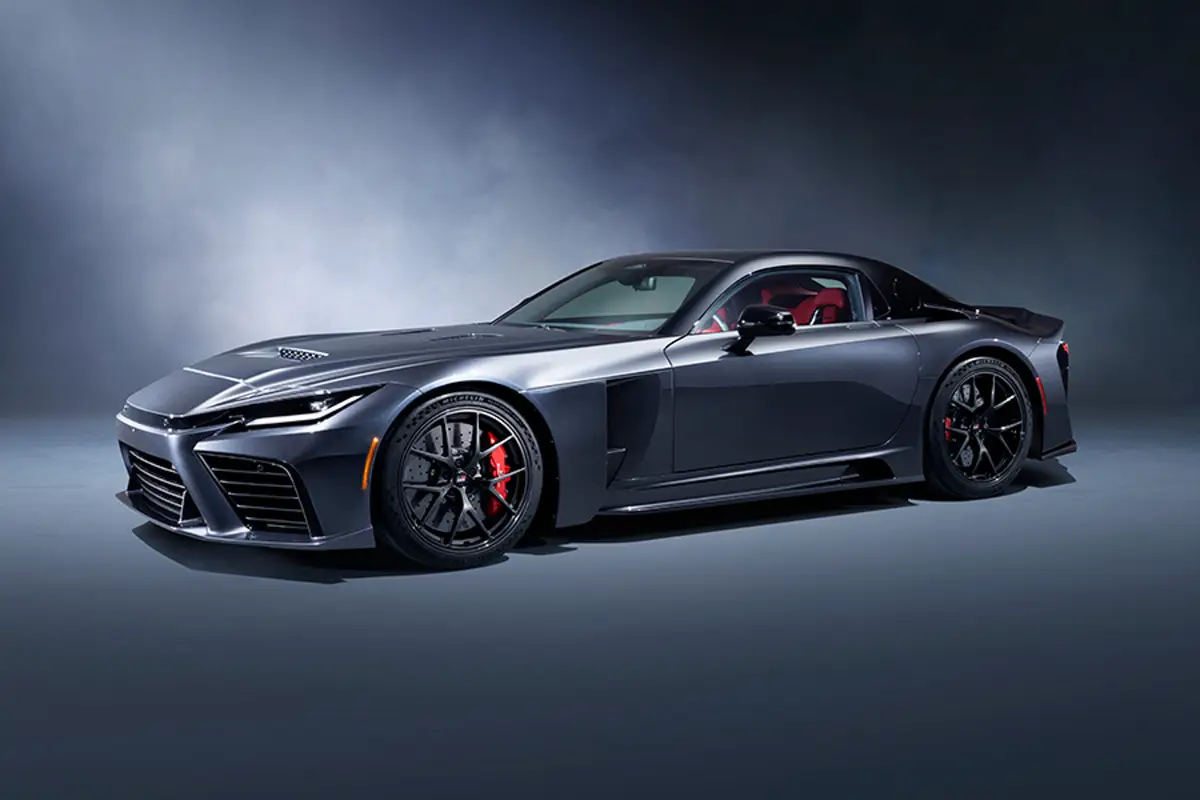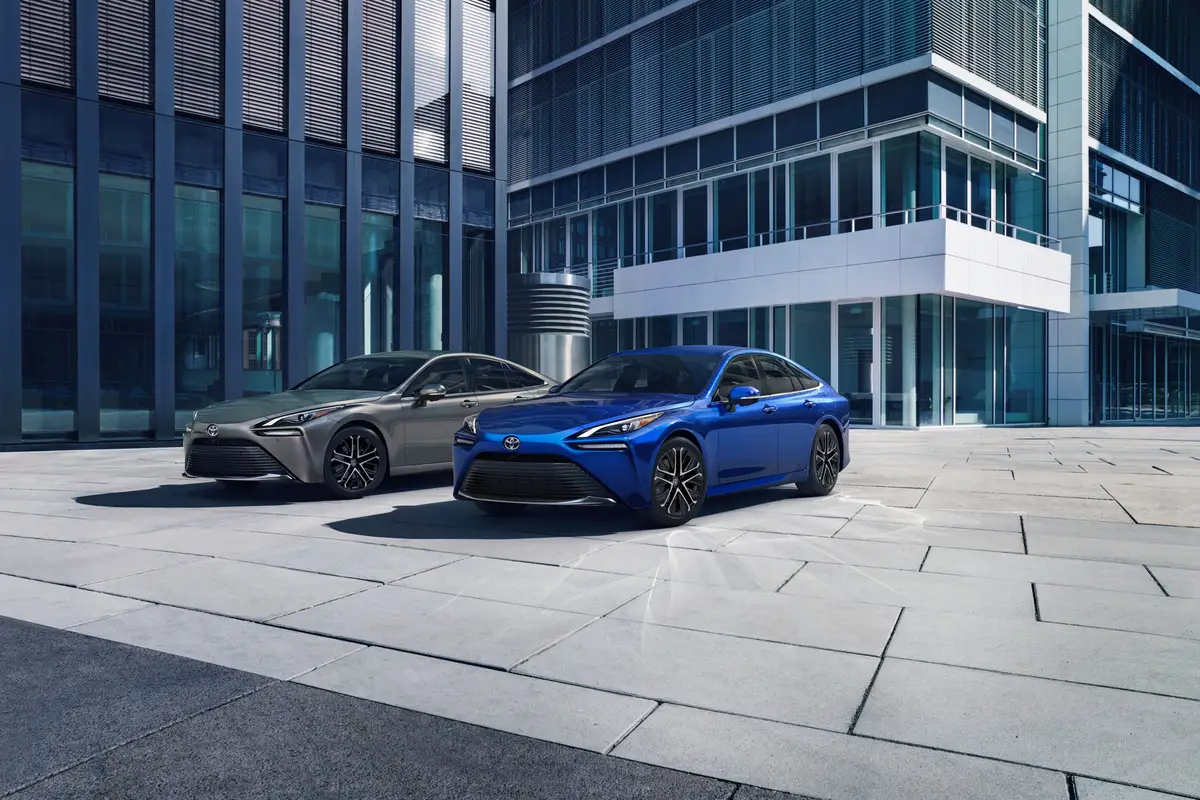washingtonpost.com's view
The tailpipe doesn’t rust, and the rattles are gone. The body looks substantial, but the appearance is deceptive. It’s still a little car, even though it is longer and a tad taller than its predecessor.
The 1998 Kia Sephia LS is redesigned and all dressed up for this year’s sales, but questions remain about whether it has anyplace to go.
The problem is this: The Sephia is trying to succeed in a brutally tough segment of the U.S. auto market, the small-car group, cars with wheelbases of up to 104 inches, which account for 27.3 percent of all new cars sold in this country.
Even if the Kia Sephia matched its rivals in quality — and it doesn’t — it would have a tough road to travel. People don’t know Kia Sephia. They know Honda Civic, Toyota Corolla, Chevrolet Prizm, Nissan Sentra, Chevrolet Cavalier, Ford Escort, Mazda Protege, Dodge Neon. And they know Volkswagen Beetle, absent from these shores for 21 years but due to return in grand form this spring.
The Kia Sephia’s strength is pricing. Its base prices range from $9,995 to $14,300. Compare that with the Honda Civic, priced from $10,650 to $17,280; or the Chevrolet Cavalier, from $11,610 to $19,410; or the VW Beetle, which starts at $15,200.
But lower prices may not be enough to give the Kia Sephia a boost. Consumers work from complex needs and desires in buying cars. Many are concerned about quality and safety, and they know that, say, a Toyota Corolla is a high-quality and reasonably safe small car.
Other car buyers simply don’t want to look stupid. They want a car that the public perceives as “smart” — something like a Honda Civic — even if that means buying a used model. And others learned long ago that the Chevrolet Cavalier offers solid transportation at a reasonable cost, making it the perfect small car for people who want to “buy American,” or for those with a passion for reverse snobbery.
Below-market pricing might buy the Kia Sephia some important short-term attention.But South Korea’s Kia Motors Corp., the car’s manufacturer, is going to have to come up with more than that to make a serious run of it.
The new front-wheel-drive Sephia LS is a beginning. It is a quite decent car, marked by many nice touches, including projector-type headlamps, power door locks and windows, power steering, tilt steering column, cruise control, and a remote trunk-release button. A new,rust-resistant stainless-steel exhaust system is also among the Sephia LS’s improvements.
The test model also comes with a four-speed automatic transmission — not bad for a car under $15,000.
The caveat on the Sephia LS involves feel and execution. It’s okay, but it’s not put together as well as a Toyota Corolla or Honda Civic. Those rivals feel tight and well-constructed. Their seams fit perfectly. Their plastics are supple, thus imparting a feeling of wealth. By comparison, the Sephia LS’s plastics are hard and toy-like; they shout, “Cheap!”
There’s also the matter of th e LS’s engine. It’s a 1.8-liter, double-overhead-cam inline four-cylinder job capable of producing 125 horsepower at 6,000 rotations per minute and 108 pound-feet of torque at 4,500 rpm — again, commendable for a vehicle in this price and size range.
But the engine in the test car idled roughly, downshifted frequently and tended to whine at highway speeds. Engines in rival cars purred by comparison.
Standard brakes on the Sephia LS include power vented front discs and rear drums. A four-wheel antilock system is optional, along with optional four-wheel discs. A five-speed manual transmission is standard; the four-speed automatic is optional.
The Sephia is offered in three trim levels — Base, LS and the tested LS Power Package (the power door locks, etc.). All models seat five people.
1998 Kia Sephia LS
Complaints: Rough engine idling; noisy engine at highway speeds.
Praise: All things considered, a good value. A good commuter with promising reliabil ty and dur ability for owners who religiously attend to the Sephia’s maintenance requirements.
Head-turning quotient: In terms of raw visual appeal, actually one of the best-looking small cars available. Cute.
Ride, acceleration and handling: Average in all three categories. Highway-competent. Good braking. The test model came with the optional antilocks.
Safety: All the standard safety features. But some initial crash tests suggest that the Sephia fares worse than some competing models in offset crashes — angled hits behind the front fenders and along the forward portions of the front doors.
Mileage: About 27 miles per gallon. Fuel tank holds 13.2 gallons. Estimated range is 344 miles on usable volume of recommended regular unleaded gasoline in combined city-highway driving, running driver only with no cargo (trunk capacity, 10.4 cubic feet).
Sound system: Six-speaker AM-FM stereo radio and cassette with console-mounted single CD player, installed by Kia. Good.
Price: Base price on test model is $14,300. Base dealer invoice on that model is $12,601. Price as tested is $14,750, including a $450 destination charge.
Purse-strings note: Basic transportation — with a few spiffs– at a fair price.
Latest news



